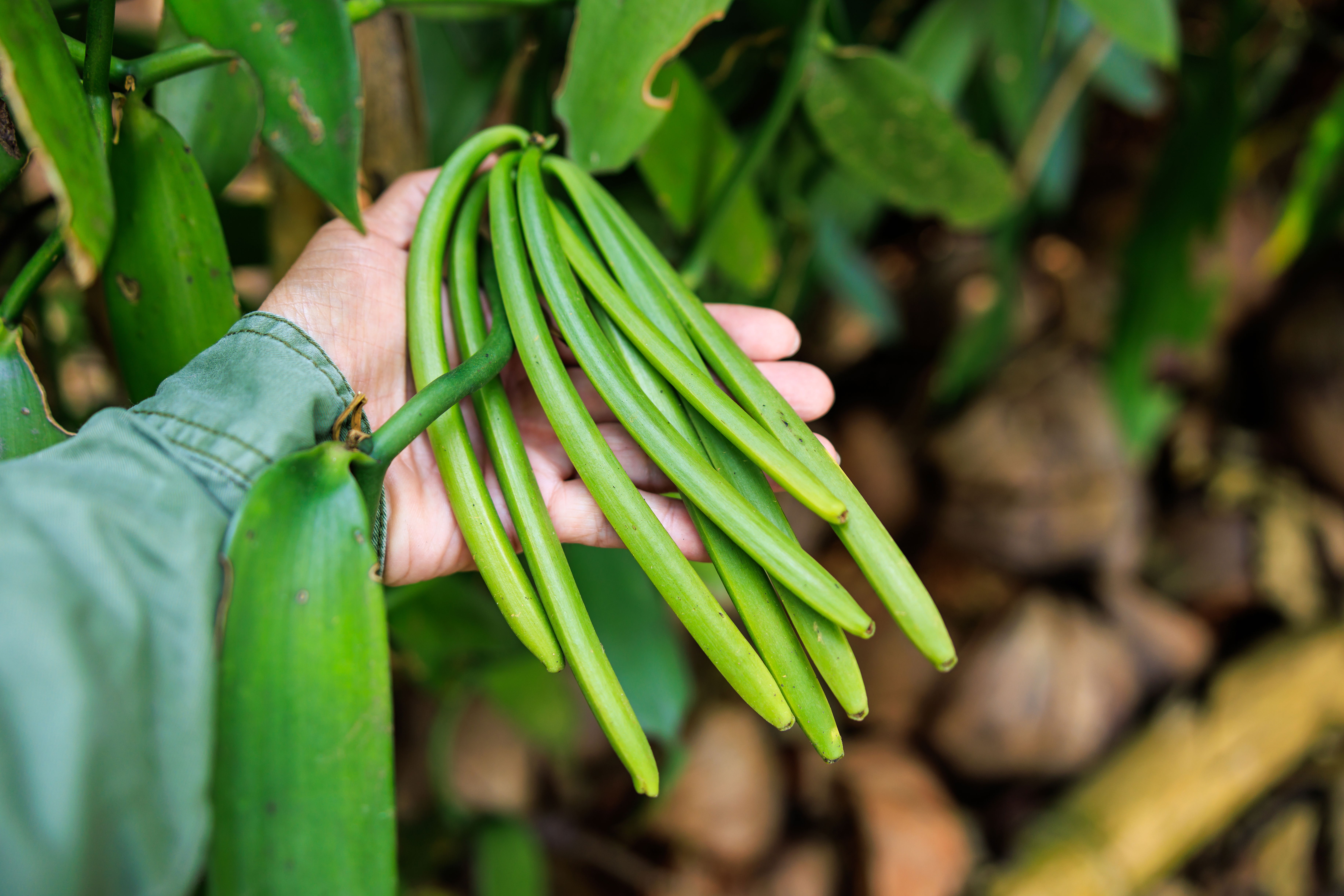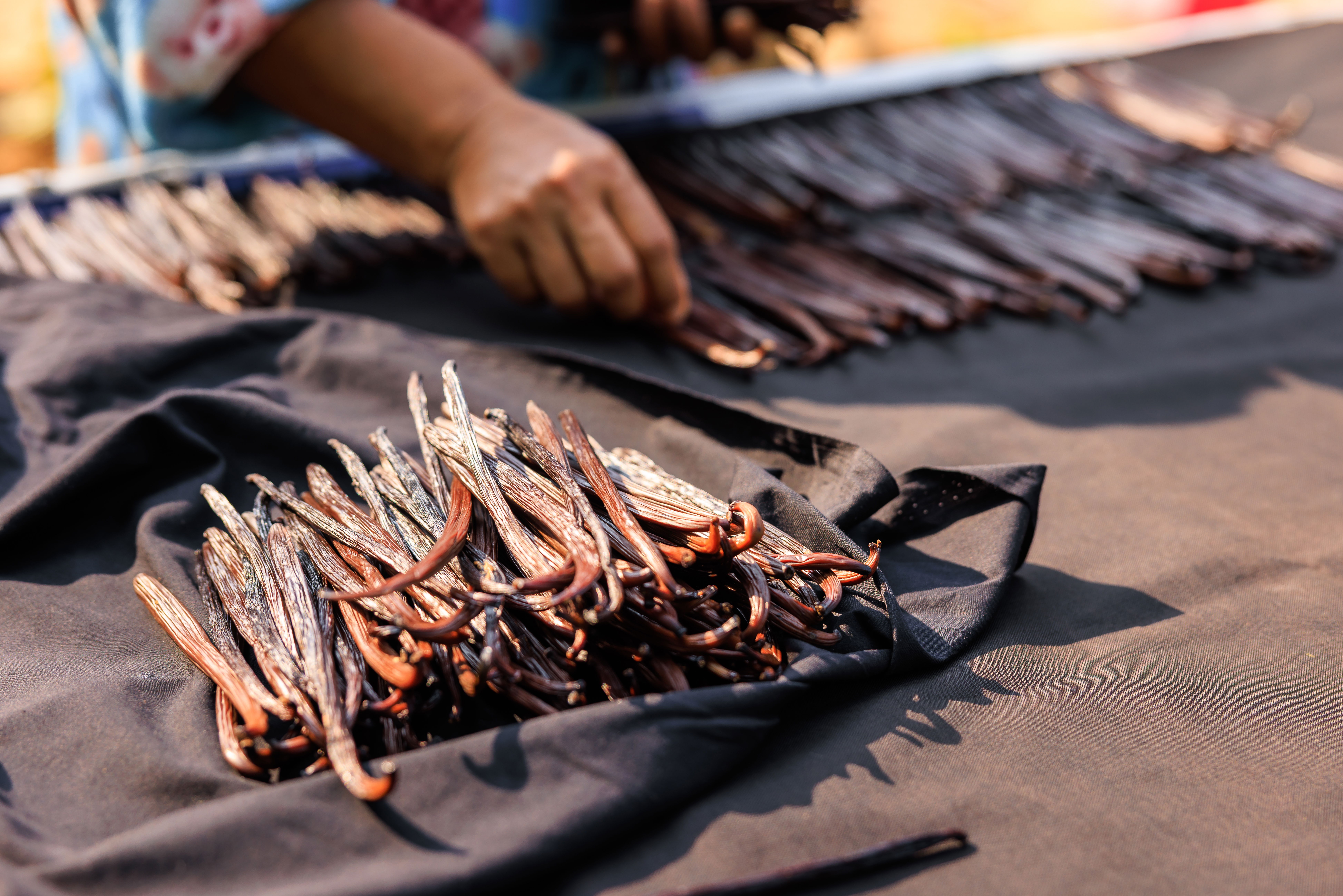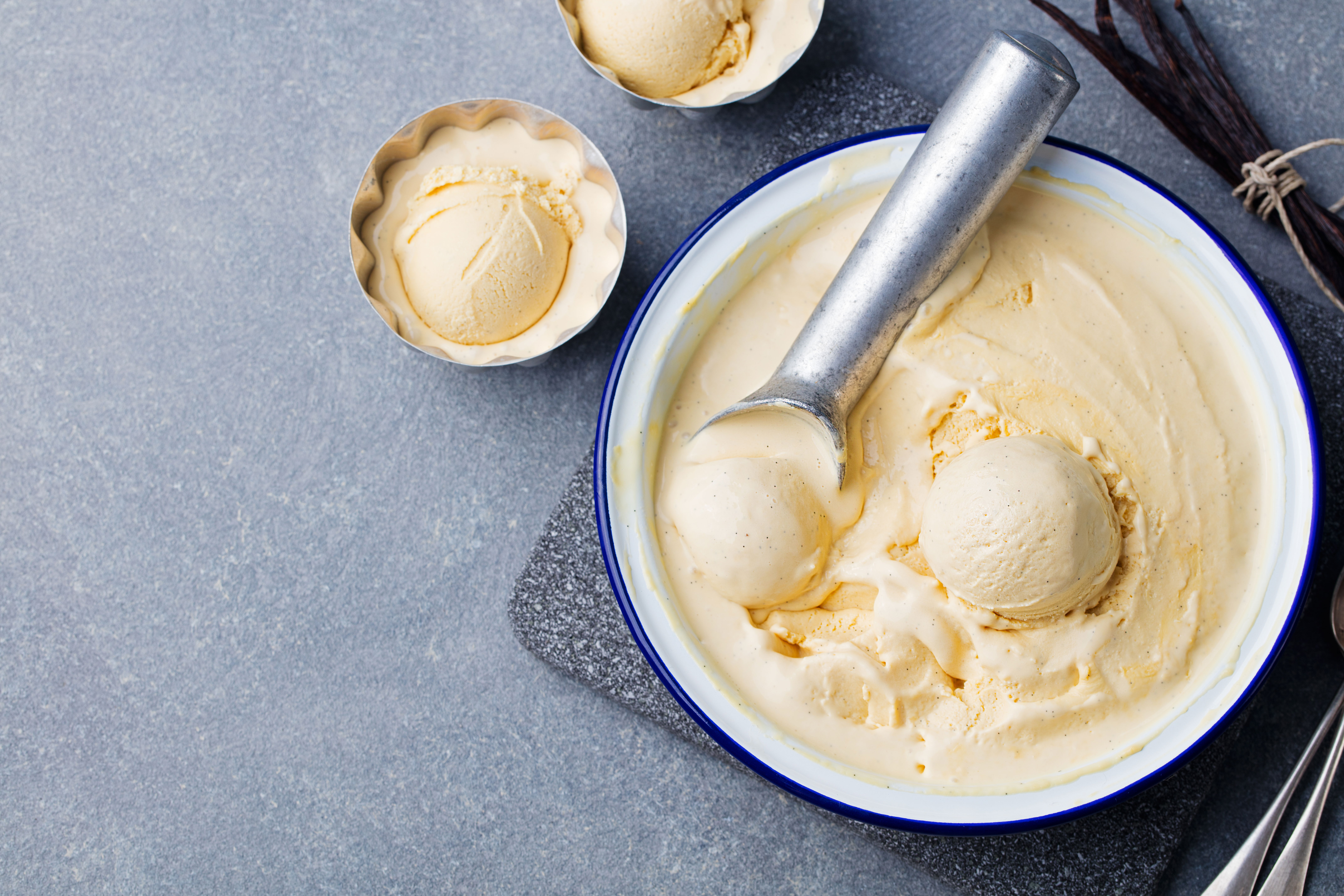Discovering the Magic of Ceylon Vanilla: A Taste of Pure Elegance
Ceylon, or Sri Lanka as it is known today, is celebrated for its rich cultural heritage and diverse agricultural bounty. Among its many treasures, Ceylon vanilla stands out as a symbol of purity, quality, and exquisite flavor. While often overshadowed by vanilla from Madagascar or Mexico, Ceylon vanilla has been making waves in the culinary world for its unique qualities and growing reputation. In this blog, we delve into the captivating world of Ceylon vanilla, exploring its origins, cultivation, flavor profile, and why it deserves a spot in your kitchen.

1. The Origins of Ceylon Vanilla
Vanilla is a tropical orchid native to Mexico, but it has found a second home in the fertile lands of Sri Lanka. Introduced to the island by the British in the 19th century, vanilla cultivation in Sri Lanka has steadily grown, benefiting from the island’s ideal tropical climate. The country’s lush forests and rich, loamy soils provide the perfect environment for vanilla vines to thrive, resulting in beans that are both high in quality and rich in flavor.
2. Cultivation and Harvesting
Ceylon vanilla is cultivated using traditional methods, often by small-scale farmers who tend to their vanilla vines with great care. The vines are usually grown under the shade of larger trees, mimicking their natural habitat. The process of growing vanilla is labor-intensive, requiring careful pollination by hand, meticulous harvesting, and a lengthy curing process.

After the vanilla flowers are hand-pollinated, they develop into long, green pods. These pods are harvested when they are fully mature but still green. The real magic happens during the curing process, where the beans are blanched, sweated, dried, and conditioned over several months. This process is crucial as it develops the vanilla’s characteristic flavor and aroma. The result is a vanilla bean that is dark, glossy, and bursting with a rich, creamy fragrance.
3. The Unique Flavor Profile of Ceylon Vanilla
What sets Ceylon vanilla apart from other varieties is its distinct flavor profile. Ceylon vanilla is known for its sweet, floral aroma with subtle hints of caramel and spice. The flavor is creamy, smooth, and well-balanced, making it a versatile ingredient in both sweet and savory dishes. Unlike some other vanilla varieties, Ceylon vanilla is less overpowering, offering a more delicate and nuanced taste that enhances rather than dominates a dish.
4. Culinary Uses
Ceylon vanilla’s refined flavor makes it a favorite among chefs and home cooks alike. It is an ideal ingredient for baking, where its delicate sweetness can shine in cakes, cookies, and pastries. Ceylon vanilla also pairs beautifully with dairy, making it a perfect choice for ice creams, custards, and creams. Its subtle floral notes make it an excellent addition to savory dishes as well, where it can add depth and complexity to sauces, marinades, and even seafood.
Moreover, Ceylon vanilla is increasingly being used in artisanal products such as chocolates, liqueurs, and perfumes, where its unique scent and taste add a touch of elegance.

5. Health Benefits of Ceylon Vanilla**In addition to its delightful flavor, Ceylon vanilla is also known for its health benefits. Vanilla is rich in antioxidants, which help protect the body from harmful free radicals. It also has anti-inflammatory properties and has been traditionally used to aid digestion and reduce stress. The natural vanillin in Ceylon vanilla has been studied for its potential to support heart health and reduce cholesterol levels.
6. Sustainability and Ethical Sourcing
As demand for high-quality vanilla grows, there is increasing awareness of the importance of sustainable and ethical sourcing. In Sri Lanka, many vanilla farms are small, family-run operations that use organic and environmentally friendly farming practices. By choosing Ceylon vanilla, consumers can support these farmers and contribute to the preservation of traditional agriculture and biodiversity on the island.
Conclusion
Ceylon vanilla is more than just a flavoring—it is a symbol of the rich cultural and agricultural heritage of Sri Lanka. Its unique flavor profile, combined with its health benefits and sustainable cultivation practices, make it a standout choice for anyone looking to elevate their culinary creations. Whether you’re a professional chef or a home cook, incorporating Ceylon vanilla into your kitchen is an invitation to experience the pure elegance of one of the world’s finest spices.

So next time you reach for vanilla, consider the delicate and aromatic allure of Ceylon vanilla—it’s a choice that promises to enhance your dishes and connect you with the rich traditions of Sri Lanka.